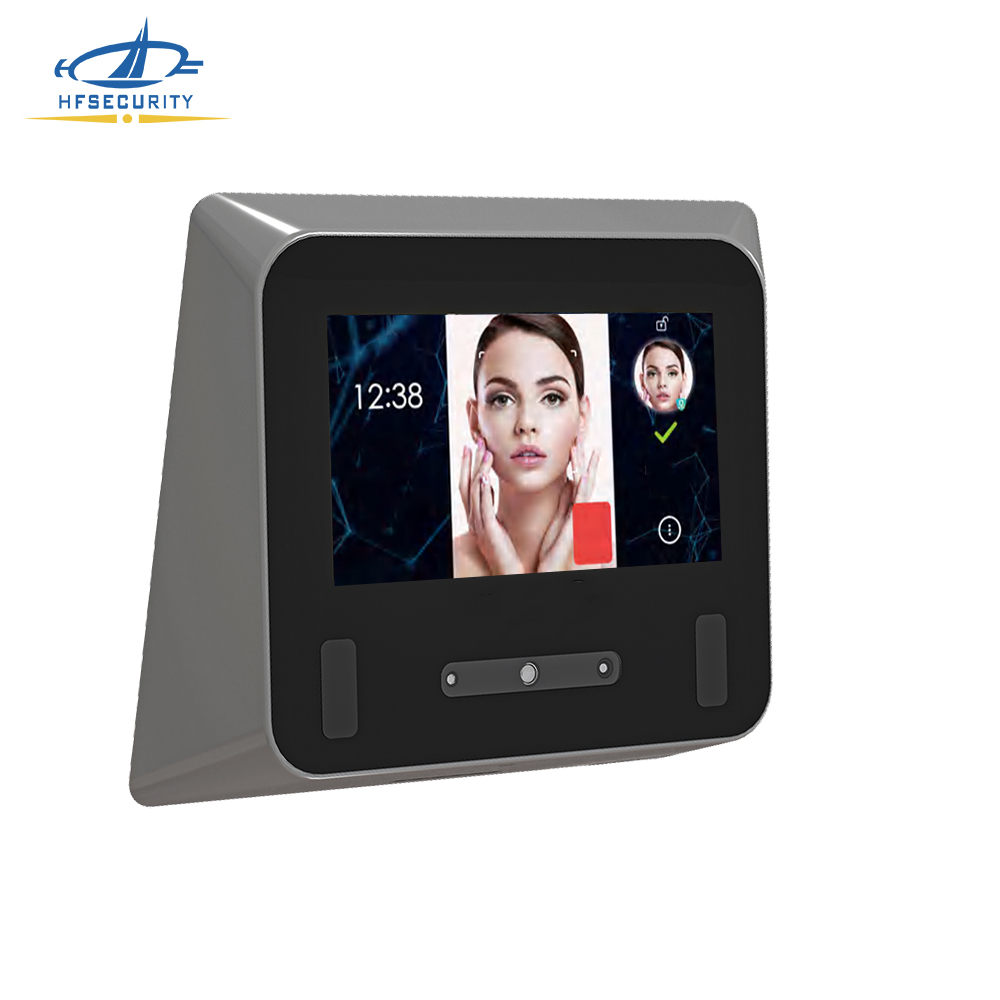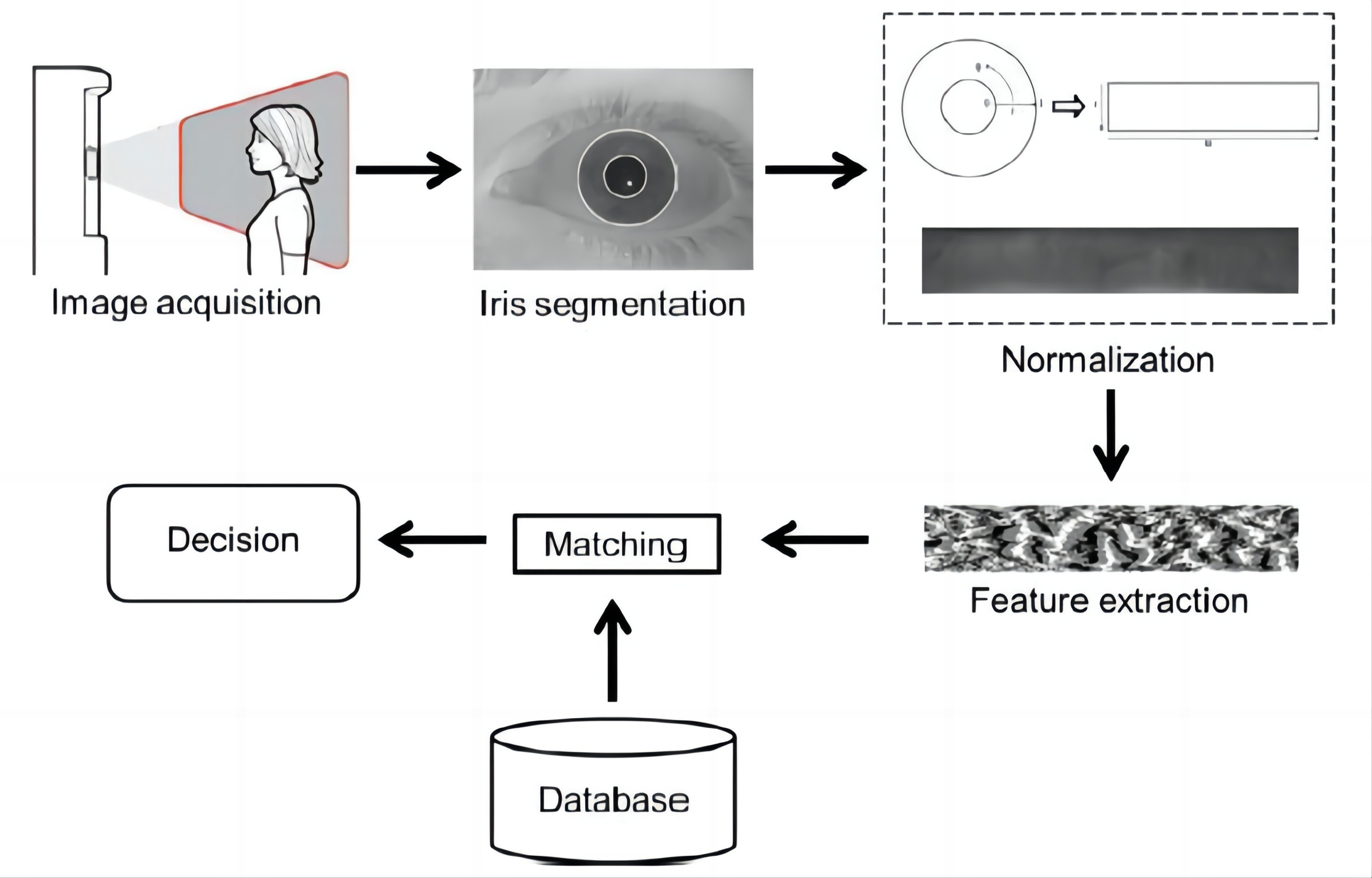Intelligent channel gate is a whole system integrated with various identification technologies, usually consisting of two major pieces of gate machine part and access control system. Among them, the intelligent channel gate door opening management mode is mainly through the access control identification mode decision, channel gate access control system identification mode has a variety of ways: ID / IC card identification, barcode card, digital password, fingerprint recognition, face recognition, palm vein recognition, iris recognition, etc.. Among them, fingerprint, face, palm vein, iris, etc. called human biometric identification technology

Conventional access control products including keys, passwords, SmartCard, etc., in the long-term application process, these technical means and products exposed its stagnation, such as easy to be stolen, easy to copy, easy to crack, etc.. So, considering the installation of access gates certain characteristics of the place, the security needs are particularly high, and this time the access gate access control using human biometric technology plays a considerable role. Below we illustrate the security indicators of human biometrics in the application of intelligent channel gates with respect to iris recognition technology characteristics.
Non-contact: iris digital image can be obtained from a certain distance, without the user touching the device, no infringement on the person, and thus easily accepted by the public.
Uniqueness: Uniqueness means that the information contained in each iris is not the same, and the likelihood of having morphologically identical iris tissue is much lower than for other tissues. The fibrous tissue of the iris is complex and rich in detail, and its formation is related to the local physicochemical conditions of that tissue at the stage of embryogenesis and is so random that it is impossible to replicate a particular iris, even using cloning techniques. Identical twins have different iris texture information, and the iris textures of both the left and right eyes of the same person do not agree with each other.
Bioactivity: The visible part of the human eye, under the protection of the sclera, is biologically active. For example, the size of the pupil varies with the intensity of light; there is an unconscious adjustment process when viewing objects; there is unconscious pupil scaling up to ten times per second; and the iris tissue contracts and dilates when the human brain is dead, in a state of deep coma, or when the eye tissue is detached from the body. These biological activities exist simultaneously and symbiotically with human life phenomena, so it is impossible to replace the living iris image with a photo, video, or cadaver’s iris, thus ensuring the authenticity of the physiological tissue.
Stability: The iris is extremely stable throughout a person’s life, forming before birth (when the fetus is 7 months old), settling 6-18 months after birth, and remaining unchanged for life thereafter. The iris tissue is not damaged by general diseases and does not wear out due to occupational or other factors.
Anti-counterfeiting:It is not possible to alter iris features in any other way without serious visual impact, much less to change the features of a person’s iris tissue to be identical to those of a particular subject.
Non-contact, biological activity, uniqueness, stability, anti-counterfeiting. These are the characteristics of iris recognition technology, not all human biometrics have these characteristics. But in general, the human body biometric identification technology products are higher security than the conventional access control identification products. In the future, with the widespread use of biometric technology, channel gate access control system identification will also use more biometric technology products.



